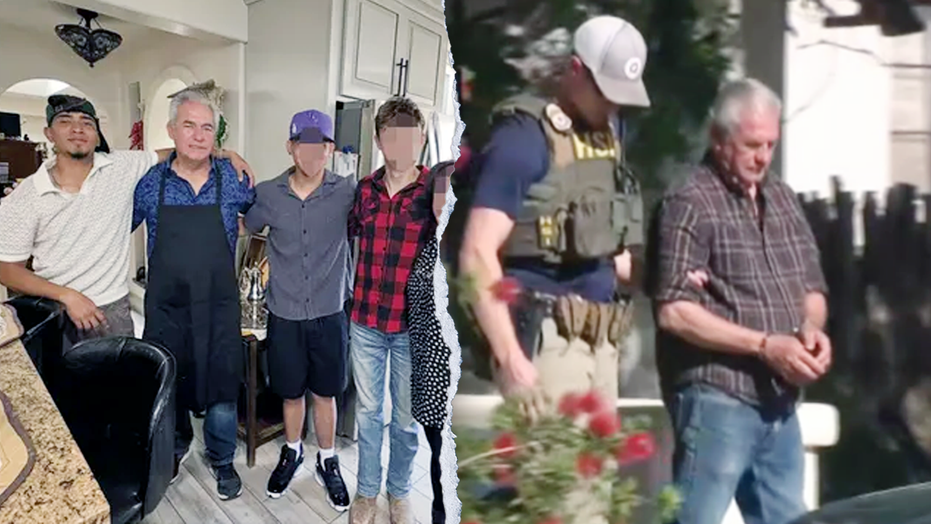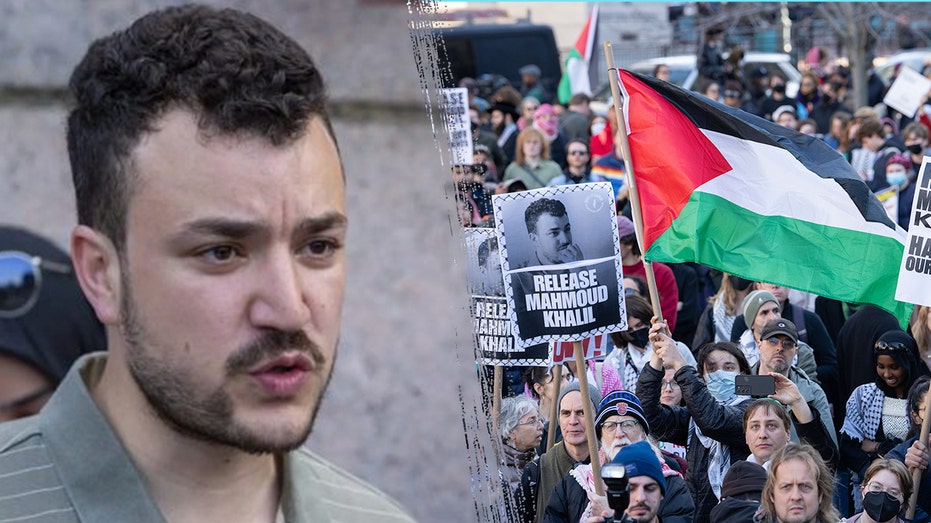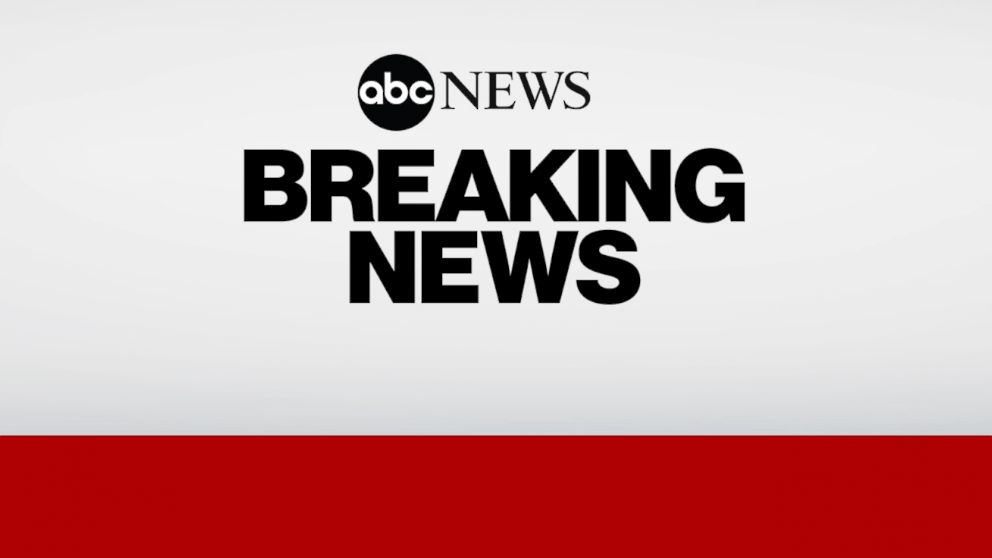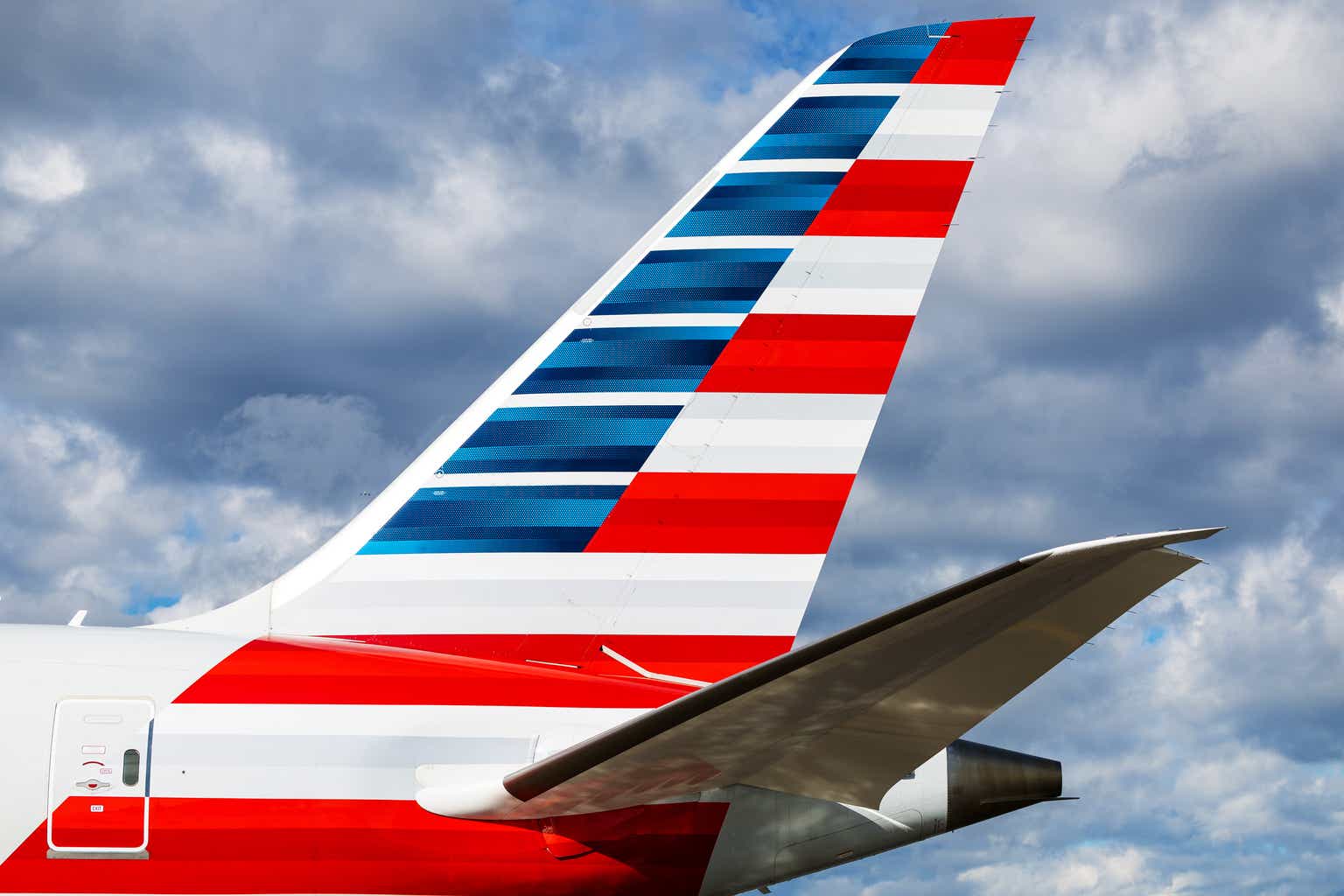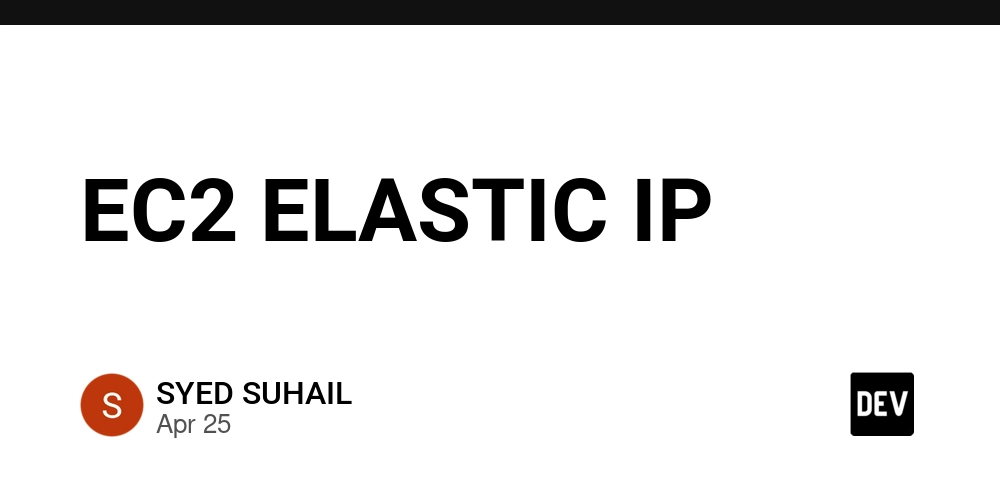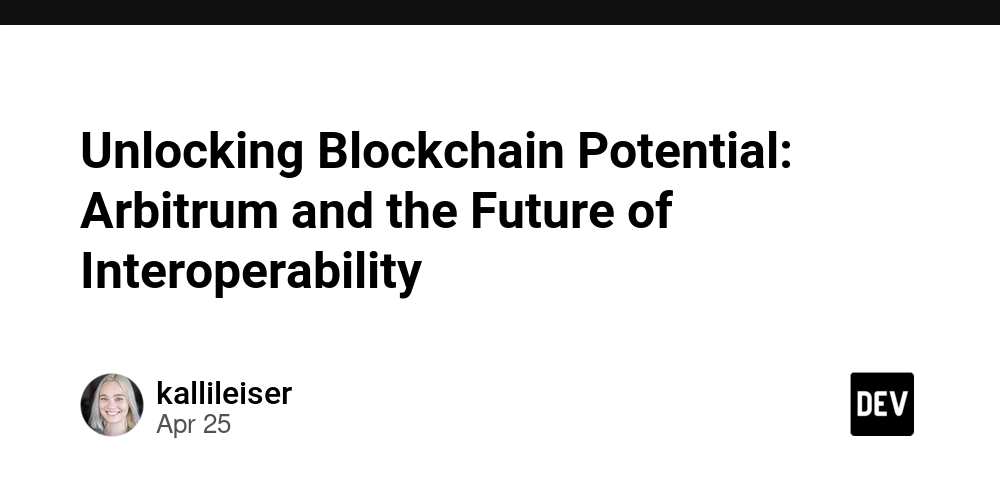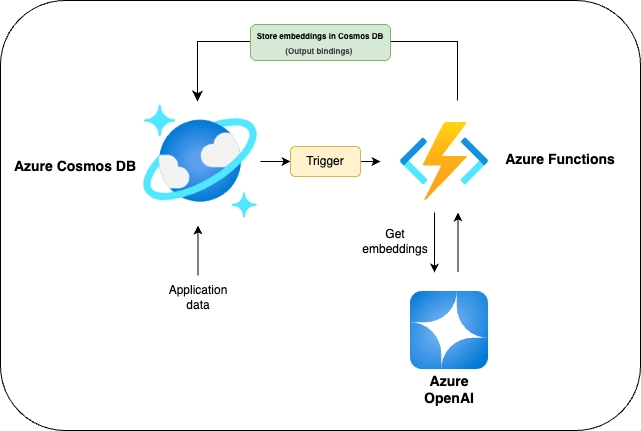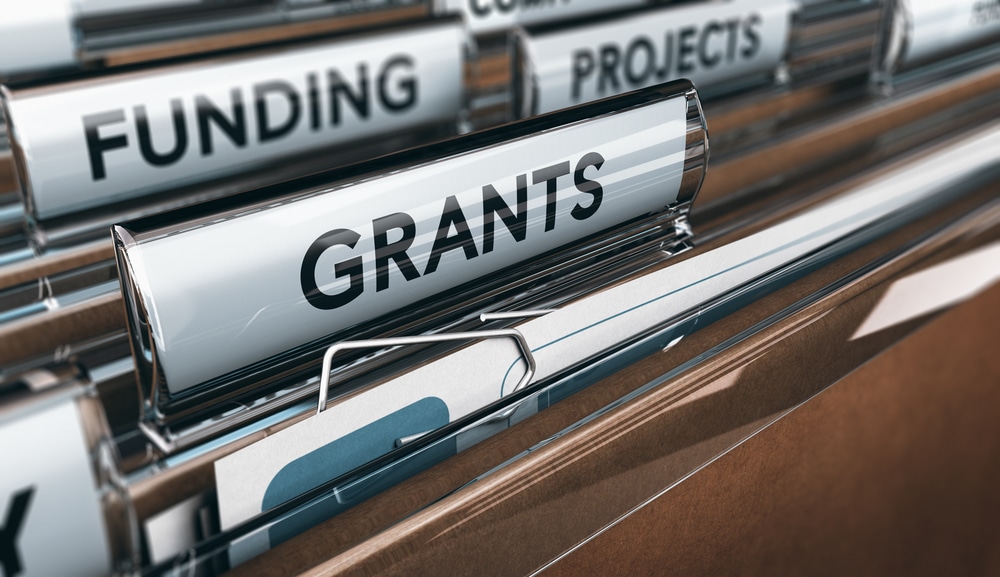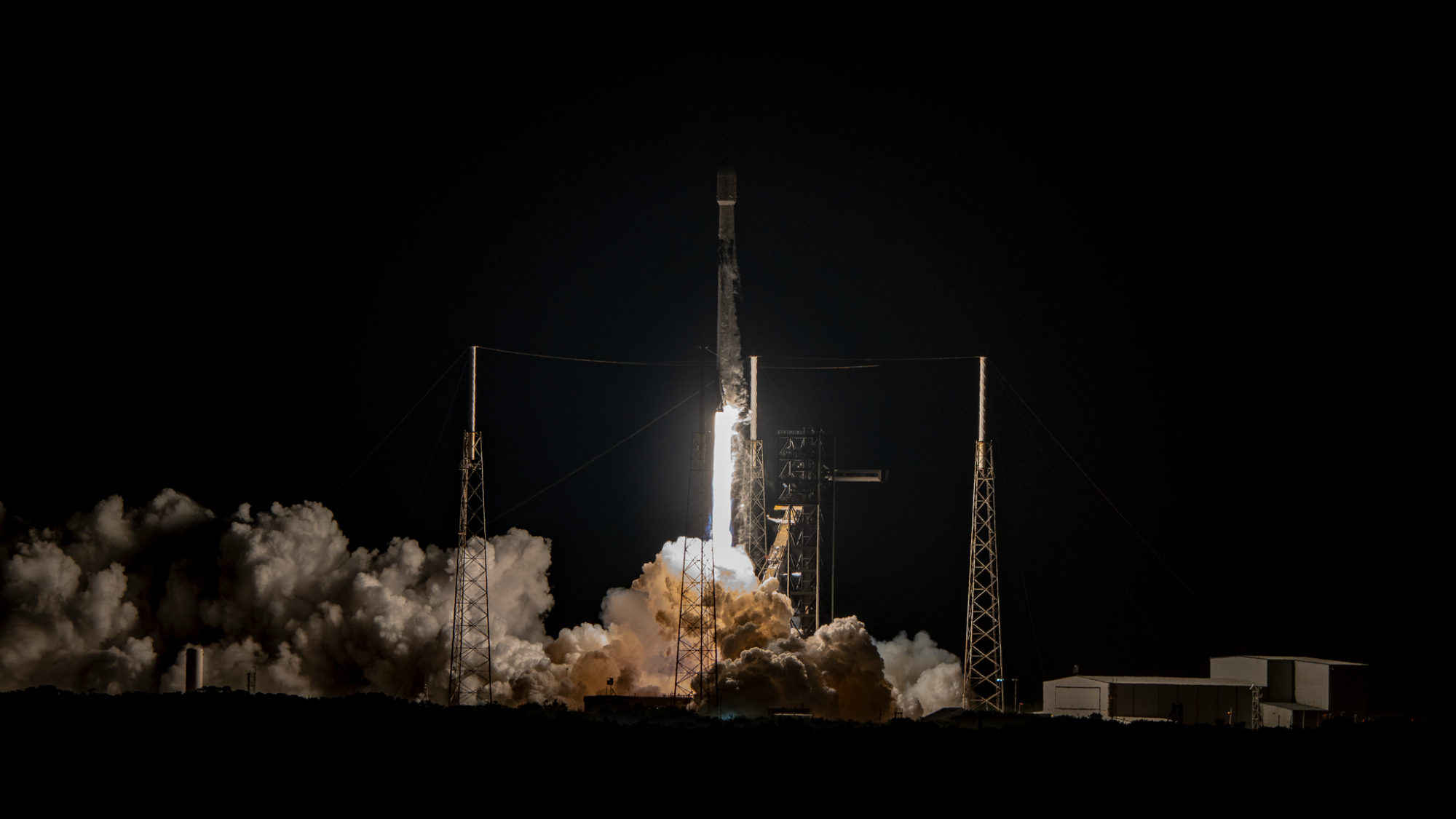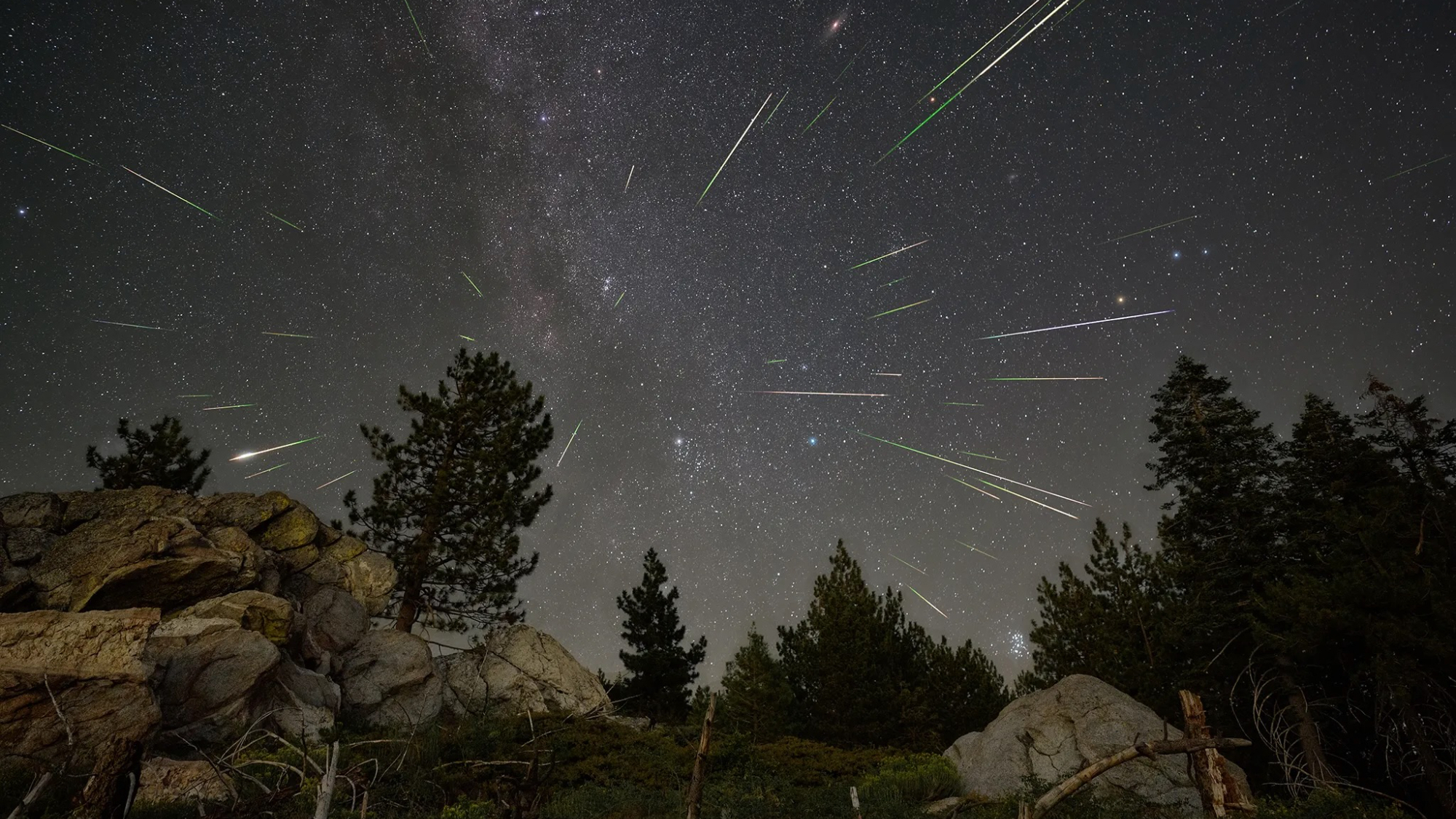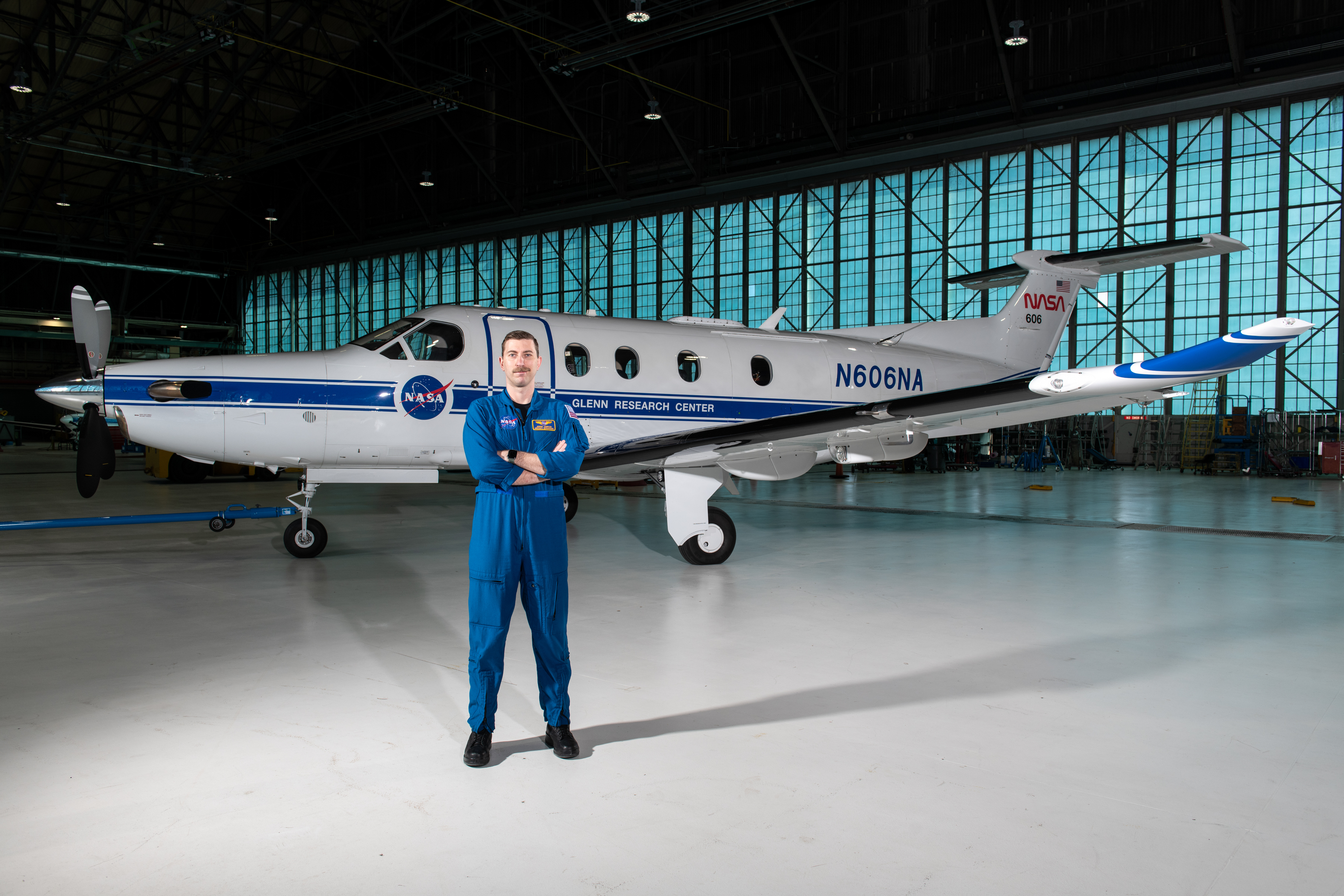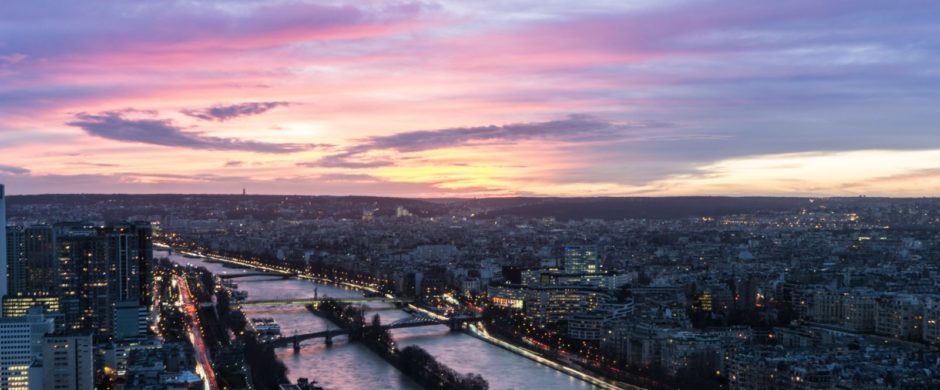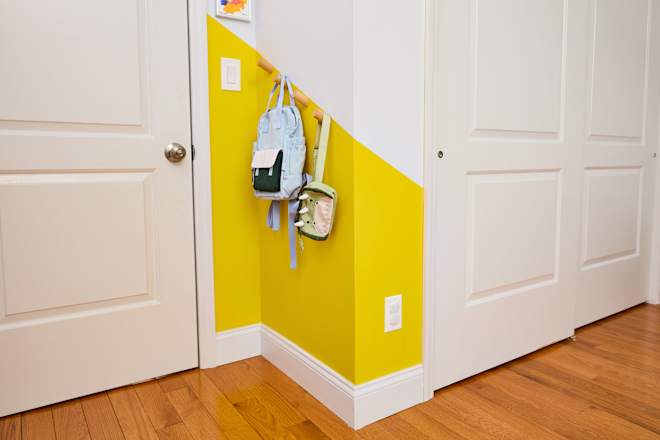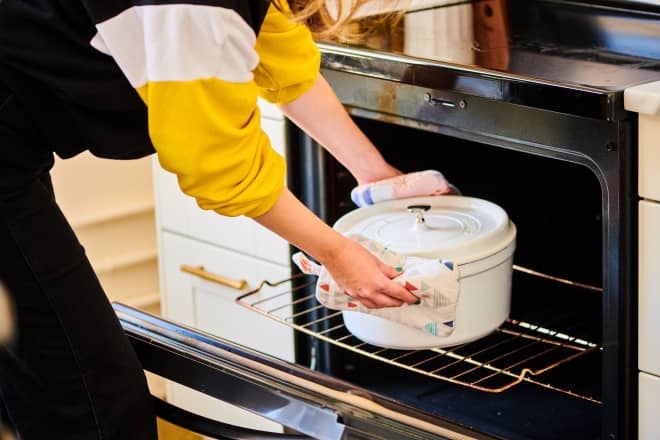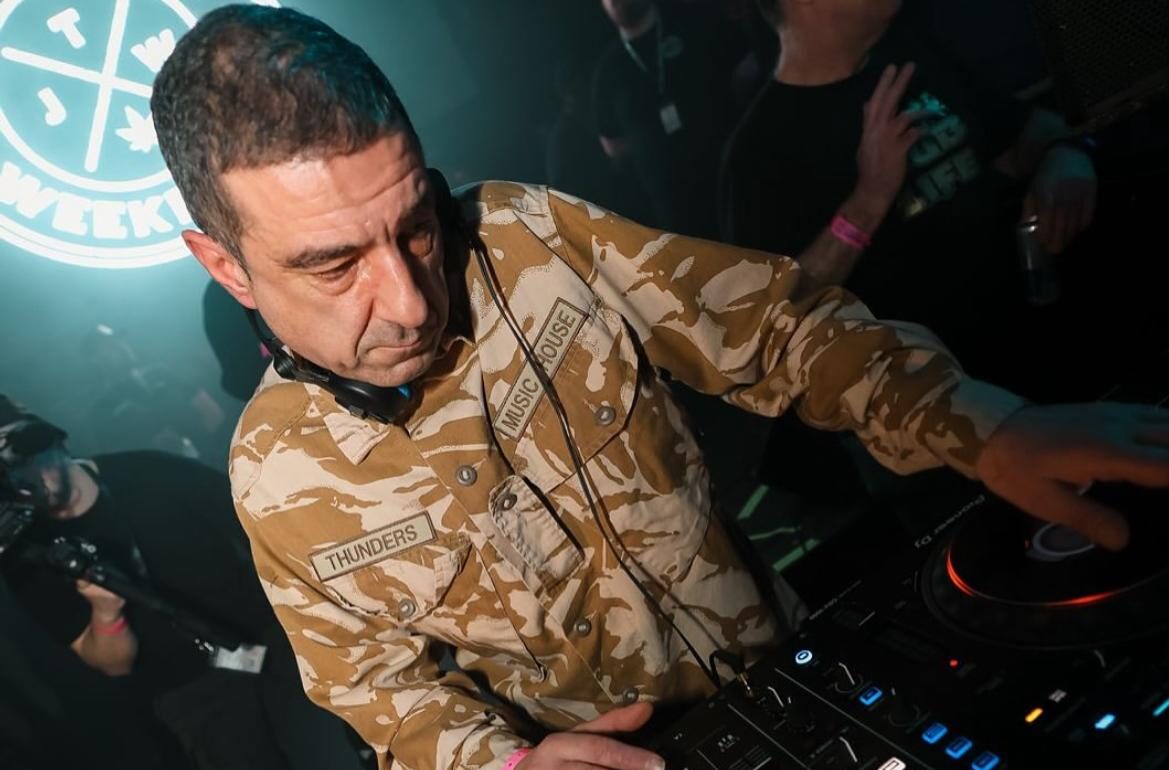Ex-Waymo CEO shoots back after Elon Musk's Tesla earnings diss
Elon Musk said Waymo can't compete with Tesla in part due to costs. Ex-Waymo CEO John Krafcik told BI those concerns are "trivial."
Sean Gallup; Marc Piasecki/Getty Images
- Elon Musk said on Tuesday that Waymo robotaxis cost more money to build.
- The Tesla CEO said his company has the upper hand because of its ability to scale quickly.
- Ex-Waymo CEO John Krafcik told BI that Tesla still has a lot to prove.
Tesla CEO Elon Musk took multiple digs at one of his biggest competitors in the robotaxi race, Waymo, during Tuesday's earnings call.
Ex-Waymo CEO John Krafcik shot back: Check the scoreboard.
"Tesla has never competed with Waymo — they've never sold a robotaxi ride to a public rider, but they've sold a lot of cars," Krafcik said in an email to Business Insider. "And although Tesla hopes to compete with Waymo someday, they've failed utterly and completely at this for each of the 10 years they've been talking about it."
Krafick led Waymo between 2015 and 2021, overseeing the self-driving division's spin-out from Alphabet in 2016. He was replaced with two co-CEOs, Tekedra Mawakana and Dmitri Dolgov. Krafick currently serves on Rivian's board.
Tesla made another big push for its robotaxi bet during its latest earnings presentation.
Musk said the initial "pilot" rollout in Austin this June will consist of 10 to 20 robotaxis, using Tesla Model Ys. The ramp-up afterwards will be quick, he said, predicting "millions" of fully-autonomous Teslas on the road by the second half of next year and a market-share domination of "99% or something ridiculous."
The CEO sounded confident on the call about Tesla's approach to autonomy, which relies on cameras and a "generalized" AI that the company said will be able to adapt to various driving environments without the need of pre-mapping a particular region. PATRICK T. FALLON/AFP via Getty Images
That's different from Waymo.
Waymo maps out a city like San Francisco or Tokyo with its cars before deploying a robotaxi service to the public, and it uses a generous set of lidar sensors and cameras.
Musk has said before that this approach is arduous and expensive, and he reiterated his point during the earnings call.
"The issue with Waymo's cars is it costs way more money," Musk said, making a play on Waymo's name. "Rim shot."
He later added: "Waymo decided that an expensive sensor suite was the way to go, even though Google's very good at AI. It's ironic."
Musk estimated that Tesla could make robotaxis that cost a "quarter to 20%" less than the cost of Waymo's Jaguar I-PACE vehicles — and it'll do so at higher volumes through its unique manufacturing methods.
Krafcik, the ex-Waymo CEO, thinks the cost talk is a moot point when considering safety.
In the long run, the cost of sensors has a "trivial cost-per-mile impact over the useful life of a robotaxi," he told BI," while also providing massive quantifiable safety benefits." Tesla
'Undelivered promises'
Tesla's robotaxi vision hinges on a key piece of technology it calls Full Self-Driving, which is powered by the company's own hardware stack.
To date, the company has not rolled out a public version of the software that operates without the supervision of a human driver.
On Wednesday, the company shared a post on X, previewing the robotaxi app and service in Silicon Valley. Tesla said in the post that the company has completed over 1,500 trips and 15,000 miles of driving.
The video showed a person hailing a Model Y. One scene showed a safety operator sitting behind the wheel.
RBC Capital Markets analyst Tom Narayan said in his latest forecast that Tesla could generate $80 billion in robotaxi revenue a year in the US by 2040.
Krafcik is skeptical.
"Well, after 10 years of undelivered promises, it seems pretty rational for those watching to be data- and evidence-driven," he said. "There's still a lot of promises, still no Tesla liability for FSD driving performance, and still no universal robotaxi service."
The former CEO acknowledged that Tesla's FSD has improved, but he argued that that's different from showing that the company has a safe, "truly autonomous" robotaxi service.
Tesla and Waymo did not respond to a request for comment.
